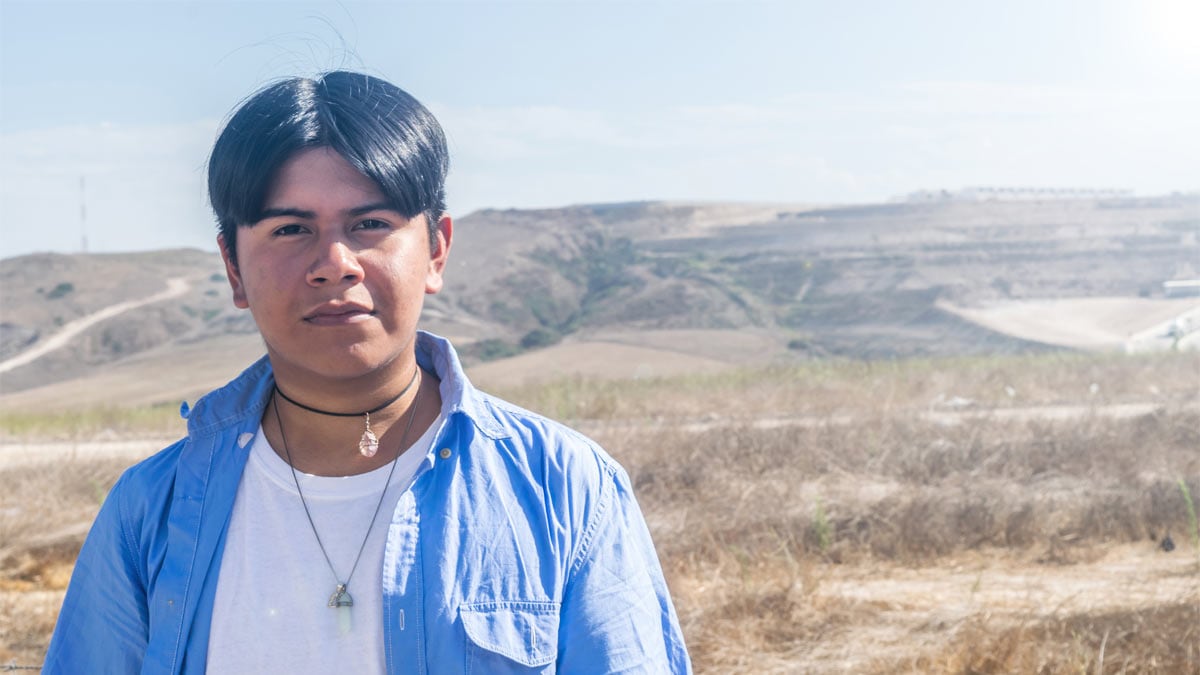At a glance
- Most people who smoke want to quit, and more than half of them try to do so each year.
- Connecting every person who wants to quit with treatment proven to help them quit for good is important for improving people's health.
- Descriptions of strategies that states and communities can use to help people quit smoking are below.

Barriers to quitting successfully
Most people who smoke want to quit, and more than half try to do so each year. An estimated 56% of American Indian and Alaska Native (AI/AN) people report wanting to quit1. Proven treatments, such as FDA-approved medicines and behavioral counseling, make it more likely that people will quit smoking successfully—but AI/AN people who smoke can run into barriers when trying to find and use these treatments:
- AI/AN people are less likely than White people to have private health insurance—and more likely to have no health insurance at all.2 About 43% of AI/AN people rely on Medicaid or other public insurance coverage3. Still, as of 2018, only 15 state Medicaid programs fully covered commercial tobacco cessation (quitting) services for all enrollees in traditional Medicaid.A4
To provide advice on how to quit, health care providers first routinely screen their patients for commercial tobacco use:
- Only 56% of outpatient health care visits with AI/AN adults included tobacco use screening in 2005–2008.5
- Only 38% of AI/AN adults who smoked and visited a health care provider in the last year received health professional advice to quit in 2015.6
These factors may help to explain why AI/AN people quit smoking at lower rates than other racial/ethnic groups.17
Connecting people to resources is critical for health equity
Examples of strategies that states and communities can use
Provide barrier-free, widely promoted coverage for all evidence-based cessation treatments by all types of health insurance
For example, as of 2018, only 15 state Medicaid programs fully covered tobacco cessation (quitting) services for all enrollees in traditional Medicaid.4
Integrate clinical screening and treatment for commercial tobacco use in all health care settings and with all types of patients
Community health centers and low-cost health clinics serve people who are more likely to use commercial tobacco products. Talking to people about commercial tobacco use and quitting as a regular part of health care visits in these settings will help make sure that all groups can get effective treatment to help them quit.89
Support AI/AN public health professional in creating, selecting, and sharing tobacco prevention strategies, including strategies for encouraging and supporting cessation, that work in tribal settings
When it comes to health issues, one size does not fit all. Different people and communities have varying needs and make decisions in different ways. Providing support, learning opportunities, and culturally tailored technical assistance in collaboration with AI/AN health experts can enhance efforts to reduce the health burden of commercial tobacco in communities.10
Share health messages that population groups identify with and that are created by specific cultural groups
Mass media campaigns are proven to increase smoking cessation, prevent tobacco use initiation, and reduce the prevalence of tobacco use.111 Anti-commercial tobacco messaging and mass media campaigns can have an impact when they speak to people using familiar terms and images. One organization creating messages like this for Indigenous people is the American Indian Commercial Tobacco Program.
- "Commercial tobacco" means harmful products that are made and sold by tobacco companies. It does not include "traditional tobacco" used by Indigenous groups for religious or ceremonial purposes.
- U.S. Dept of Health and Human Services. Smoking Cessation. A Report of the Surgeon General. Centers for Disease Control and Prevention, U.S. Dept of Health and Human Services; 2020. Accessed March 19, 2022. https://www.hhs.gov/sites/default/files/2020-cessation-sgr-full-report.pdf
- Cohen RA, Terlizzi EP, Cha AE, Martinez ME. Health Insurance Coverage: Early Release of Estimates From the National Health Interview Survey, 2020. National Center for Health Statistics, U.S. Dept of Health and Human Services; 2021. Accessed March 19, 2022. https://www.cdc.gov/nchs/data/nhis/earlyrelease/insur202108-508.pdf
- Berchick ER, Hood E, Barnett JC. Health Insurance Coverage in the United States: 2017. U.S. Census Bureau; 2018. Accessed March 19, 2022. https://www.census.gov/library/publications/2018/demo/p60-264.html
- DiGiulio A, Jump Z, Babb S, et al. State Medicaid coverage for tobacco cessation treatments and barriers to accessing treatments — United States, 2008–2018. MMWR Morb Mortal Wkly Rep. 2020;69:155–160.
- Jamal A, Dube SR, Malarcher AM, Shaw L, Engstrom MC; Centers for Disease Control and Prevention. Tobacco use screening and counseling during physician office visits among adults--National Ambulatory Medical Care Survey and National Health Interview Survey, United States, 2005–2009. MMWR Suppl. 2012;61(2):38–45.
- Babb S, Malarcher A, Schauer G, Asman K, Jamal A. Quitting smoking among adults — United States, 2000–2015. MMWR Morb Mortal Wkly Rep. 2017; 65(52):1457–1464.
- U.S. Dept of Health and Human Services. Tobacco Use Among U.S. Racial/Ethnic Minority Groups—African Americans, American Indians and Alaska Natives, Asian Americans and Pacific Islanders, Hispanics: A Report of the Surgeon General. Centers for Disease Control and Prevention, U.S. Dept of Health and Human Resources; 1998. Accessed March 19, 2022. https://stacks.cdc.gov/view/cdc/13237
- Lebrun-Harris LA, Fiore MC, Tomoyasu N, Ngo-Metzger Q. Cigarette smoking, desire to quit, and tobacco-related counseling among patients at adult health centers. Am J Public Health. 2015 Jan;105(1):180–188.
- Flocke SA, Hoffman R, Eberth JM, et al. The prevalence of tobacco use at federally qualified health centers in the United States, 2013. Prev Chronic Dis. 2017;14:160510. doi:10.5888/pcd14.160510
- Williams SL, Kaigler A, Armistad A, Espey DK, Struminger BB. Creating a public health community of practice to support American Indian and Alaska Native communities in addressing chronic disease. Prev Chronic Dis. 2019;16:E109.
- U.S. Dept of Health and Human Services. The Health Consequences of Smoking: 50 Years of Progress. A Report of the Surgeon General. Centers for Disease Control and Prevention, U.S. Dept of Health and Human Services; 2014. Accessed March 19, 2022. https://www.ncbi.nlm.nih.gov/books/NBK179276/
